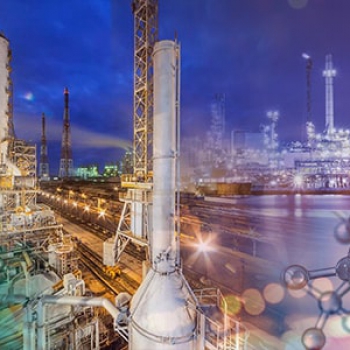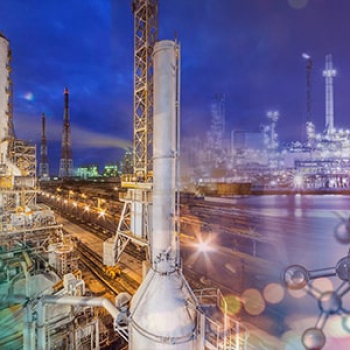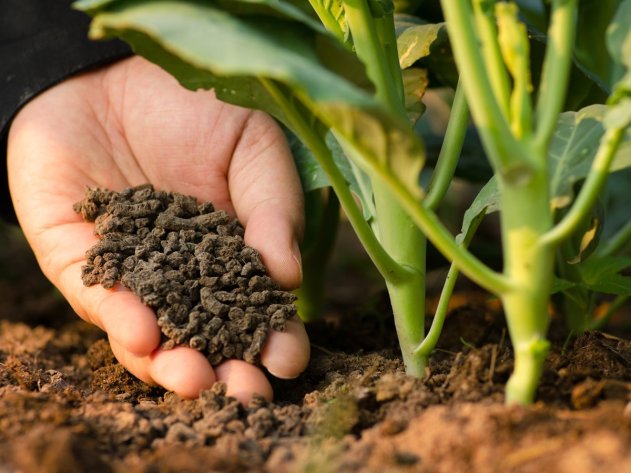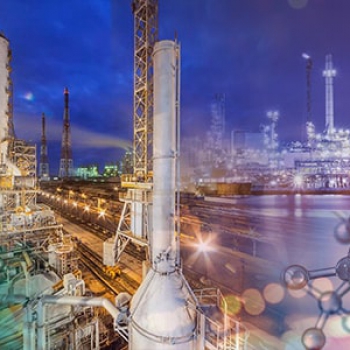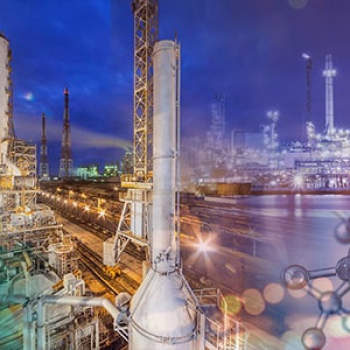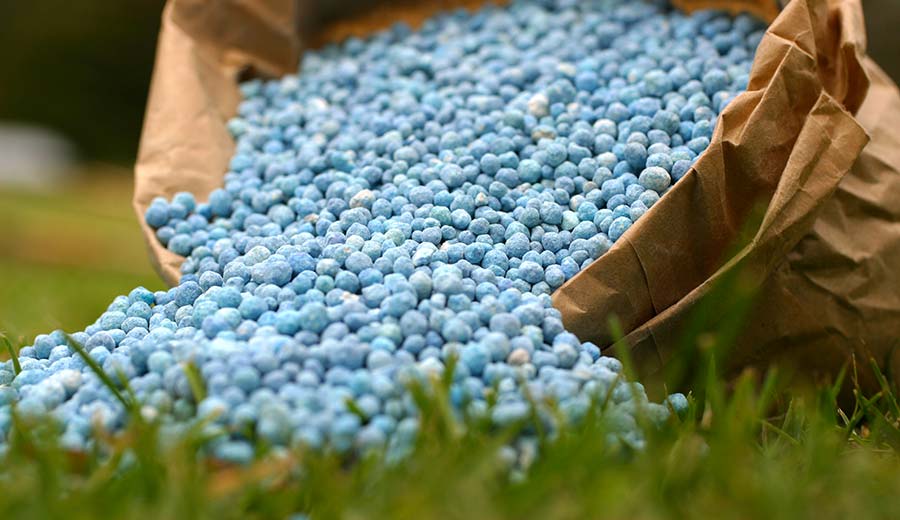Sulfur is one of the most important agricultural and industrial raw materials and is considered a strategic product sulfur is an odourless, tasteless and polyvalent nonmetal which is mostly in the form of yellow crystals and is obtained from sulphide and sulphate. Sulphur occurs naturally in the environment and is the thirteenth most abundant element in the earth’s crust. It can be mined in its elemental form, although this method has declined over the last decade to less than 2% of world production. Today most elemental sulphur is obtained as a co-product recovered from oil and gas production in sweetening process.
Application:
- Agriculture
- Can be applied to deficient soils
- Pharmaceutical skin preparations for the treatment of acne and other conditions

| # | Property & Composition | Spec.Value |
|---|---|---|
| 1 | Purity %WT | 99.5 Min |
| 2 | ASH Content PPM | 0.05 Max |
| 3 | Hydrocarbon %WT | 0.05 Max |
| 4 | Acidity %WT | 0.02 Max |
| 5 | Moisture % WT | 0.5 Max |
| 6 | AS/TE/SE % WT | Commercially Free |
| 7 | Color | Bright Yellow |
| 8 | Particle Size |
>7 mm 102% Max 2-7 mm 90% Min <2 mm 10% Max |
For technical assistance or further information on this product contact our technical team.

